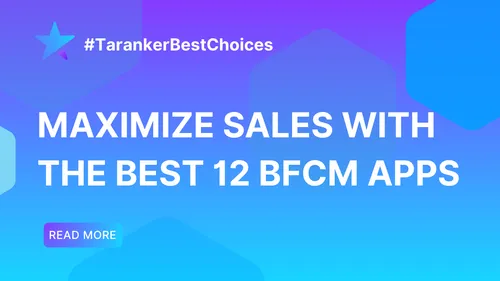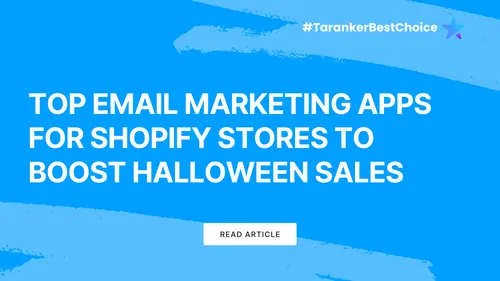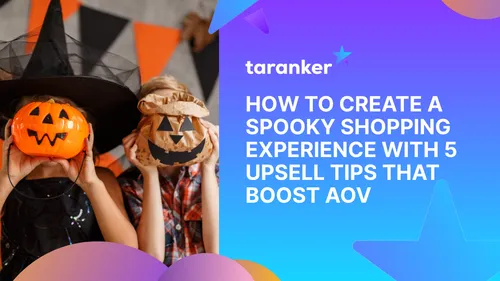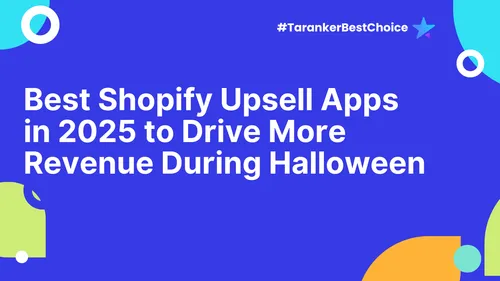Introduction
In a world saturated with digital ads, algorithms, and short attention spans, experiential marketing has emerged as a powerful way to break through the noise. As we move into the next generation of brand interaction—Experiential Marketing 2.0—the focus has shifted from merely grabbing attention to creating deep, emotional, and memorable customer experiences that drive loyalty and word-of-mouth buzz.
For Shopify merchants and e-commerce businesses, experiential marketing might seem like a tactic reserved for big-budget brands with pop-up shops and global campaigns. But thanks to technology and creativity, even small online brands can deliver impactful experiences that resonate with their audience and differentiate them from the competition.
In this blog post, we’ll dive into: ✔ What Experiential Marketing 2.0 is and how it’s evolved
✔ The benefits of creating immersive customer experiences
✔ Creative experiential strategies tailored for e-commerce and Shopify stores
✔ Tools and digital platforms that bring experiences to life
✔ Case studies and future trends in experiential marketing
1. What Is Experiential Marketing 2.0?

a) Definition and Evolution
Experiential Marketing 2.0 goes beyond traditional product showcases or events—it is the strategic creation of customer-centric experiences that blend online and offline engagement, interactivity, storytelling, and personalization.
✔ Originally focused on in-person activations (e.g., sampling events, trade shows)
✔ Now expanded to include virtual, hybrid, and AR/VR experiences
✔ Prioritizes emotion, connection, and shareability over transactions
b) The Shift in Consumer Expectations
Modern consumers, especially Gen Z and Millennials, crave experiences that align with their values and involve them in meaningful ways.
✔ They want to interact with—not just observe—brands
✔ They value authenticity, emotion, and story-driven marketing
✔ They share what moves them, creating powerful organic amplification
2. Why Experiential Marketing Works for E-commerce

a) Creates Emotional Connection
Experiential marketing allows brands to humanize their message and emotionally engage customers.
✔ A customer who “feels something” is far more likely to buy and refer others
✔ Emotional resonance boosts recall and long-term loyalty
✔ Personal experiences are far more memorable than passive consumption
b) Drives Word-of-Mouth and Social Sharing
People love to share unique experiences. When your customers are part of something interactive or delightful, they naturally want to spread the word.
✔ Encourages user-generated content (UGC)
✔ Turns customers into brand ambassadors
✔ Increases social proof and credibility
c) Enhances Differentiation
In a competitive market, offering a similar product isn’t enough. Your experience is your edge.
✔ Brands that “feel different” are remembered longer
✔ Creates a premium perception without increasing prices
✔ Helps smaller brands punch above their weight
3. Experiential Marketing Ideas for Shopify Merchants

You don’t need a physical storefront to deliver exceptional experiences. Here’s how e-commerce brands can get creative:
a) Virtual Pop-Up Shops or Live Shopping Events
✔ Host a live product walkthrough using tools like Livescale or CommentSold
✔ Offer limited-time bundles or exclusive drops during the event
✔ Engage viewers through live Q&A, polls, and giveaways
b) Interactive Product Pages
✔ Add 360-degree views, video demos, or quizzes to enhance shopping interaction
✔ Use Shopify apps like Zakeke (for product customization) or Octane AI (for quizzes)
✔ Help customers visualize how a product fits their needs
c) Personalized Unboxing Experiences
✔ Surprise customers with handwritten notes, free samples, or QR codes linking to thank-you videos
✔ Package design can turn an ordinary delivery into a “wow” moment
✔ Encourage customers to share their unboxing on social media
d) Virtual Reality (VR) and Augmented Reality (AR)
✔ Use AR to allow customers to "try on" products or visualize them in their space
✔ Shopify supports AR integrations for immersive product previews
✔ VR showrooms are emerging as exciting new formats for premium products
e) Storytelling Through Digital Content
✔ Develop behind-the-scenes videos, customer journeys, or cause-driven campaigns
✔ Share your mission, your team, and what makes your brand human
✔ Turn your blog, Instagram, and email flows into an evolving story customers can follow
4. Tools to Execute Experiential Campaigns Online
|
Purpose |
Tools & Platforms |
|
Live Events & Shopping |
Livescale, Shoploop, CommentSold |
|
Augmented Reality |
Shopify AR, Magic Mirror, ZapWorks |
|
Custom Quizzes & Forms |
Octane AI, Typeform, Quiz Kit |
|
Email Personalization |
Klaviyo, Omnisend |
|
UGC Collection & Sharing |
Loox, Yotpo, Stamped.io |
|
Virtual Product Demos |
Vimeo, Loom, Animoto |
📌 Tip: Integrate these tools directly into your Shopify store for seamless brand experiences.
5. Real-World Examples of Experiential Marketing in E-commerce
a) Glossier’s Customer Co-Creation
Glossier invited loyal customers to participate in product development through surveys and social feedback. The brand created a sense of ownership, turning fans into evangelists.
b) Warby Parker’s Virtual Try-On
Using AR, Warby Parker allowed customers to try on glasses from their phone, combining convenience with delight.
c) Lush’s Ethical Storytelling
Lush shares rich stories about its ethical sourcing, sustainability, and production process. This transparency builds emotional connection and advocacy.
6. Measuring Success in Experiential Marketing
It’s not just about likes—it’s about impact. Track these KPIs:
✔ Engagement Rate – comments, shares, UGC participation
✔ Brand Sentiment – positive mentions, emotional feedback
✔ Customer Lifetime Value (CLV) – are customers returning more often?
✔ Referral Rates – how many are bringing others through word-of-mouth?
✔ Sales Attribution – revenue generated during experiential campaigns
Use Shopify analytics, Google Analytics, and campaign-specific UTM codes to attribute and assess impact.
7. What’s Next for Experiential Marketing 2.0?
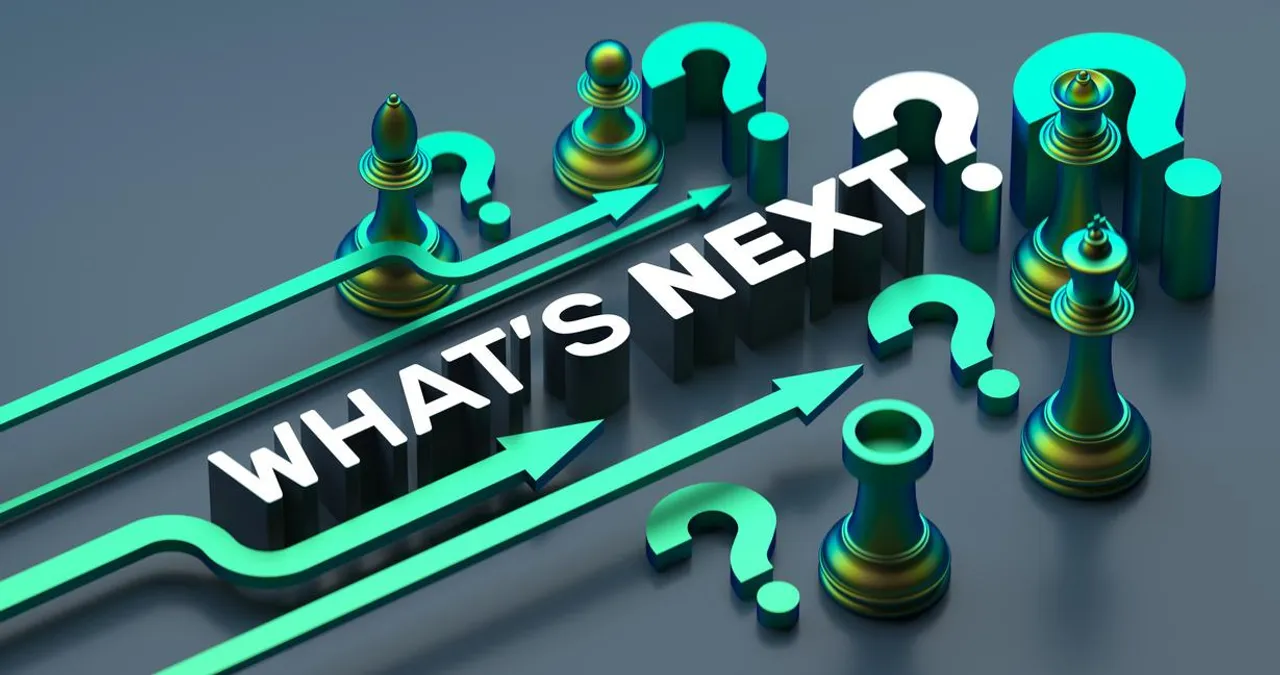
a) Hybrid Experiences
Brands will combine digital + physical experiences to reach broader audiences, blending live events with streaming, gamification, and on-site perks.
b) Hyper-Personalization
Experiential marketing will become even more tailored using AI. Expect custom videos, unique landing pages, and individualized messaging.
c) Purpose-Driven Experiences
Consumers will reward brands that make them feel part of something meaningful—be it sustainability, social justice, or local community involvement.
Conclusion
Experiential Marketing 2.0 isn’t about flashy stunts—it’s about creating customer experiences that resonate deeply and inspire action. For Shopify merchants, the opportunity to stand out and grow lies in delivering memorable interactions that make customers feel seen, understood, and valued.
💡 Action Step: Choose one experiential marketing tactic—like live shopping, AR, or personalized packaging—and implement it in your Shopify strategy this month. Start small, measure results, and build from there.

